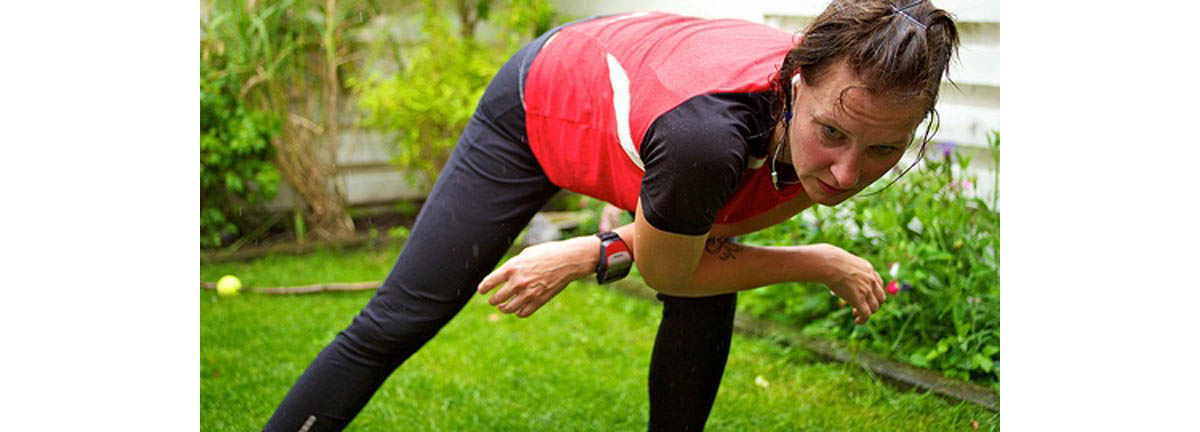Table of Contents
Stretching is a vital component of any workout routine. Stretching improves flexibility, mobility, and helps to prevent injuries and relieve soreness. But it can be confusing knowing what to stretch and when. Read on to find out more.
When you finish a hard training session, chances are you take a final sip from your water bottle, pick up your towel and training logbook, take a last look at yourself in the mirror while you strike a pose, and then hit the showers. After that, it's off home — time to zone out and recover from the hard work you did!

This sounds pretty normal, so what’s wrong with this routine?
Well, you missed out one massively important part of your workout – the post workout stretches.
It’s really easy to finish a tough workout, with the endorphins rushing through you, and a sense of elation that it’s another session in the books, and a step further towards your weight loss and fitness goals, and with that in mind, you figure that you’re done and dusted for the day. But not so fast.
While stretching might not be a high calorie burn activity like your gym session was, it’s still really important. Here’s why you should not skip stretching after a workout.

This sounds pretty normal, so what’s wrong with this routine?
Well, you missed out one massively important part of your workout – the post workout stretches.
It’s really easy to finish a tough workout, with the endorphins rushing through you, and a sense of elation that it’s another session in the books, and a step further towards your weight loss and fitness goals, and with that in mind, you figure that you’re done and dusted for the day. But not so fast.
While stretching might not be a high calorie burn activity like your gym session was, it’s still really important. Here’s why you should not skip stretching after a workout.
Stretching Makes You more Mobile
This is a biggie. If, like most people, you spend the majority of your day sitting down – either behind a desk, at a checkout, on the couch, or driving your car, you’re going to have some muscles that are really tight. Commonly tight muscles include the hip flexors, and pectoral, or chest muscles, as these are held in a shortened position when sitting. Likewise, most women who wear high heels on a regular basis have extremely tight calves, not to mention that a desk lifestyle kills your back and shoulders, too. In order to make all these unused muscles more flexible, you need to stretch.Read more: 8 Myths about Stretching
Stretching Prevents Injury
This is linked in to the above point. If you’ve got muscle that are tight, they’re far more prone to sprains and tears, due to their lack of elasticity and flexibility. Get stretching to avoid injury.Stretching Makes You Stronger
More of an unusual one here, but again, it’s linked to the above two reasons for stretching. We’ll look at the squat as an example here. If you have tight calves, glutes and hamstrings, you’re going to struggle to squat to full depth, and have no “bounce” out of the bottom position. However, by improving your flexibility through regular stretching exercises, you’ll be able to go lower, and make your hips “snap” out of the hole, enabling you to generate more force, and lift more weight, which in turn makes you stronger. This also goes for lifts such as the bench press and deadlift.Stretching Reduces Soreness
You know the feeling the day after a grueling workout session when you can barely move your legs or sit down on the toilet as your muscles are so tight, sore, and painful? Bet you didn’t stretch! Stretching can improve your mobility in the days following a training session, and increase blood flow and oxygen delivery to the muscle cells, helping to speed up recovery and greatly reducing pain in the process. Stretching is a win-win, and you really have no good reason to skip it. So, you feel sore right after your session? You'll feel even worse if you don't stretch, tomorrow and the day after.Stretching is a Great Cooldown
When you finish training, your heart rate is high, and you’re still sweating lots. Stretching helps you to lower your heart rate gradually, and gives you time to mentally reflect on your workout session – what went well, what could be improved on, and what you’re going to do next time you’re in the gym.
Continue reading after recommendations
- “Stretching for Strengthening, Part 1”. by John paul Catanzaro. Accessed on May 22, 2012. Retrieved from http://www.t-nation.com/free_online_article/sports_body_training_performance_repair/stretching_for_strengthening_part_i.jsessionid=E1EDCD109903AF56DA4EAE92BBF8ACC0-mcd02.hydra
- Photo courtesy of dahlstroms on Flickr: www.flickr.com/photos/dahlstroms/4882992828
- Photo courtesy of robwallace on Flickr: www.flickr.com/photos/robwallace/738538837

